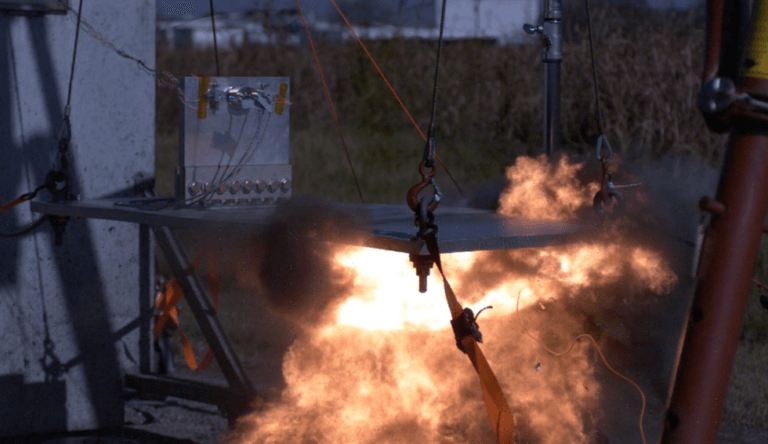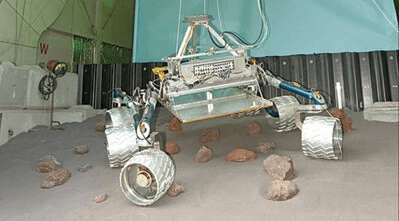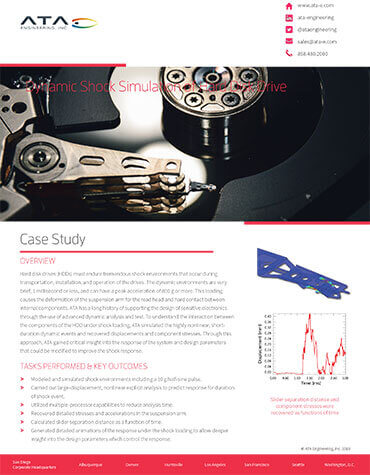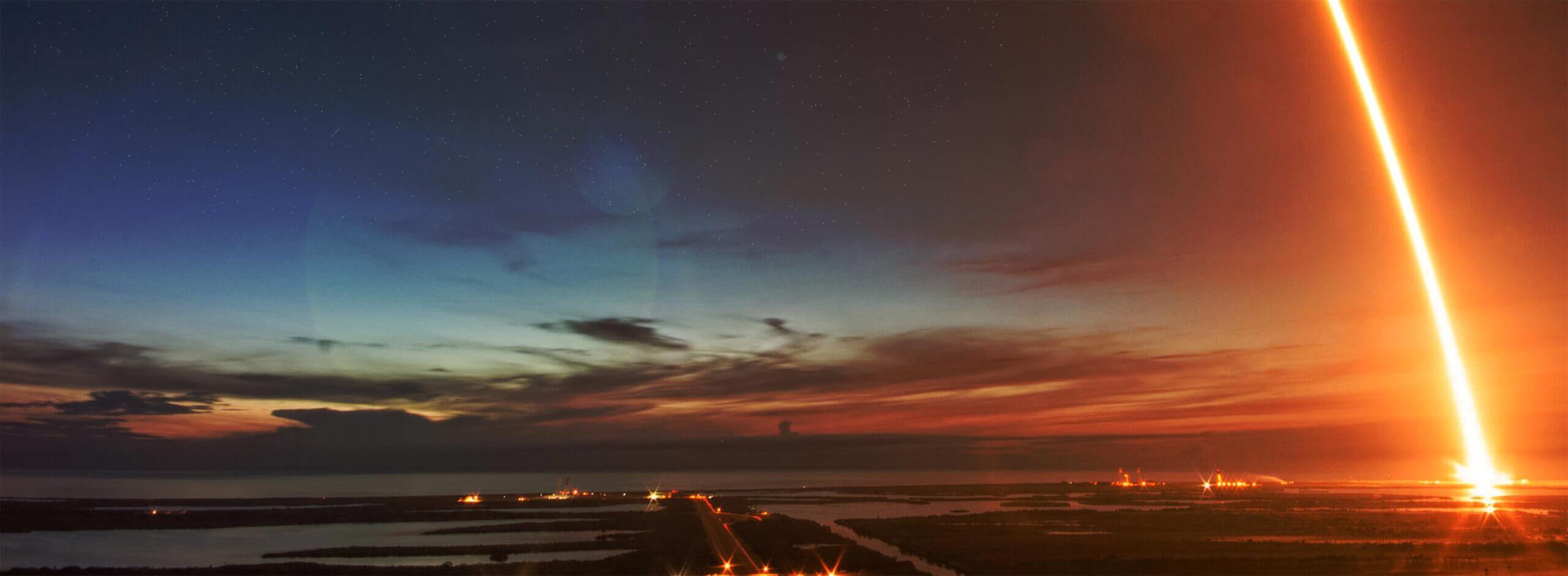Shock testing is often performed as part of a hardware qualification or design process. Information obtained during shock testing can improve the survivability of products and verify that they will perform properly in service. Special consideration is usually required for this type of testing because it often consists of a one-time event or is too expensive to repeat. While backup data acquisition systems are sometimes needed to minimize risk, these types of tests invariably require special transducers and measurement systems to record and process high-level, high-frequency response.
ATA has these specialized transducers and measurement systems along with the personnel to assist in their installation and use. Further, ATA has expertise in analyzing and testing for shock environments of all types. Our instrumentation enables the high-level and high-speed acquisition of shock behavior to verify the structural shock environment exposure.
A pyroshock event is typically used to separate multiple stages of a rocket, missile, or launch vehicle. An explosive device is detonated to break free or separate components, deploy a payload, or perform some other function. This blast causes both a mechanical shock wave and acoustic (airborne) shock wave that propagate through and around the structure. Characterizing this event is critical in component and isolation design to ensure that each component or subsystem can survive the event and perform its task.
While ATA does not generate pyroshock events, ATA can measure the shock event, evaluate data integrity, and postprocess data within minutes after shock test completion. It is important that shock data quality be evaluated, and we have the knowledge and experience to do so; integration of acceleration into velocity, time-history signal analysis, and evaluation of the frequency-domain spectrum provide valuable insight to data quality. The shock response spectra (SRSs) are typically used as the end product of shock testing. ATA’s IMAT toolbox can quickly and accurately compute the SRS for each measurement.

Transportation and drop shocks are also high-g‑level transient events that may be several milliseconds to fractions of a second in duration. A drop event typically induces much lower peak g levels and frequency content than a pyroshock event, but it still requires proper testing techniques and equipment to perform successfully. This type of shock testing can be used to evaluate product durability, packing material performance, and isolator performance.
ATA can conduct drop and transportation shock by either performing an actual drop event or simulating the shock environment on an electrodynamic shake table. All of our instrumentation and data acquisition capabilities can be selected to meet the appropriate data requirements. ATA has an electrodynamic shaker table which can be used to test smaller test articles at our San Diego facility, whereas larger test items can be tested at the customer’s selected facility.

ATA has the instrumentation hardware to measure critical shock events and properly quantify them. Instrumentation needs to be able to measure the high-amplitude and short-duration, high-frequency events that occur. This includes the sensors that are installed at the location of the shock event, as well as the data collection equipment which measures and records the event. ATA has all of the instrumentation (including backup systems) required to support all types of shock testing. Our instrumentation is intended to be able to supplement measurements of pyroshock events, as well as other types of transient events.

Connect with us to discuss how our advanced multi-disciplinary team can help you achieve your engineering goals.



